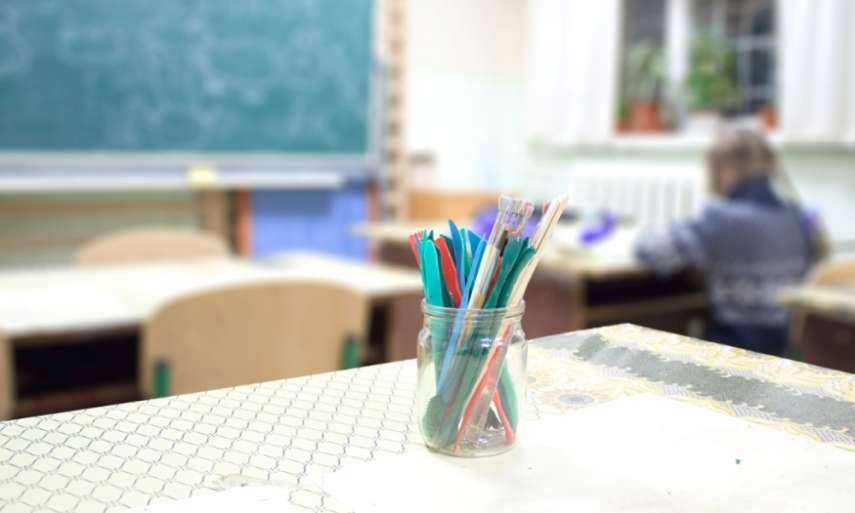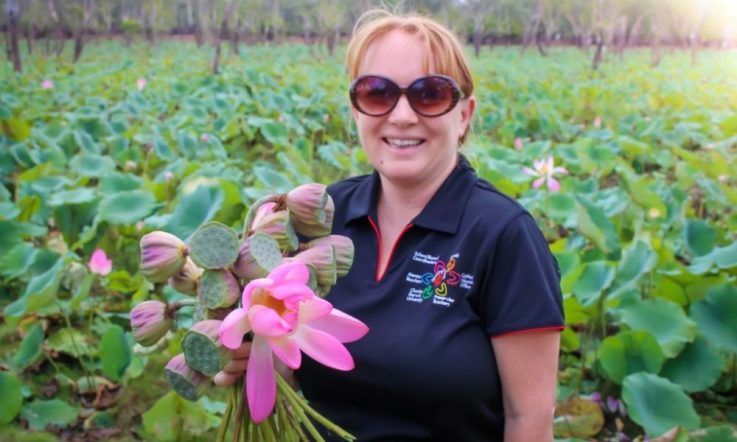This article was originally published in the May 2011 print edition of Teacher.
Education student Suzie Alev tells her story about working with seven-year-old Evan and his family to address the challenges of autism.
Attention teachers, principals and pre-service teachers. I want you to think for a moment about what exactly it was that drew you to a teaching career.
Was it that you were determined to make a difference in children’s lives? Did you want to instil positive values and a great sense of self-worth in children? Did you have a genuine love for being around children? Were you fascinated at how unique and individual children are? Did you enjoy your school days so much that you wanted to go back as a teacher?
My own answer to these and more questions impelled me to want to become a teacher. In fact, becoming a primary school teacher has been a dream I’ve envisioned for more than a decade. So naturally when I got accepted into university to complete a Bachelor of Education (Primary), the beaming smile covering my face could not be erased for a very long time. I felt one step closer to achieving my dream and entering what I believe is the best job in the world.
There was one thing stopping me from being ‘the best teacher in the world,’ though, and that was that after three years of studying, I had little training in teaching children with special needs. Rectifying this became my mission.
The background on special needs
According to Helen Walton, President of the Federation of Parents and Citizens’ Associations of New South Wales, writing in the Parent and Citizen Journal, parents say staff often lack understanding of students with special needs, particularly the autism spectrum, since they appear to have had little opportunity to participate in professional development to increase their skills. More than that, adds Walton, new staff, particularly recently graduated staff, have had little training during their degree to support students with special needs. This is a matter for concern, since we know increasing numbers of students have learning or behavioural needs. The incidence of diagnosis of children in Australia on the autism spectrum alone, according to Walton, is one in 160, up from one in 10 000 only a decade ago.
My story
My story began when I started working with an admirable family to help their seven-year-old son, Evan, overcome the challenges of autism.
I’ve always looked forward to teaching rounds because they’re the authentic experiences where much of my growth as a teacher has occurred, where I’ve experienced the diversity within a typical classroom, and begun to see a clearer picture of what exactly teaching involves.
I was in my third year last year when in May I was placed in a Year 2 class at Vermont Primary School in Melbourne’s eastern suburbs for two weeks to complete my set of teaching rounds. This set of rounds was different to any other I’d previously undertaken, as I learned I’d be teaching a child with autism. As my supervising teacher explained the dynamics of the class, the word ‘autism’ rang in my ears. To be honest, it struck fear within me. I hardly knew anything about teaching a child who had autism and knew little about autism itself.
Sure, I knew I was a caring, passionate, encouraging and enthusiastic teacher but was that enough to appeal to and support an autistic child during their school days, or did I need something more? I wondered how my lessons would go knowing that I had to try my best not only to cater to 24 children, but also to the needs of an autistic child.
My supervising teacher, Jacci, had been an integration aide for many years prior to beginning her teaching career and I knew she had a wealth of experience and advice to offer me. The two weeks I spent at Vermont Primary School, with the best supervising teacher I’ve ever had, will stay with me forever. In fact my time at this wonderful school sparked curiosity within me and is what led me to my next quest and eventual meeting with Evan and family.
My brief experience with teaching an autistic child and my thirst to learn more about children with special needs and evolve as a teacher had grown tremendously. A few weeks after my teaching rounds at Vermont Primary School I was browsing the website of my university for any experience that I could gain in working with children with autism. I saw an advertisement seeking a volunteer for the Son-Rise program, a non-clinical approach to treating autism from the Autism Treatment Centre of America which addresses autism, pervasive developmental disorder, Asperger’s Syndrome and other developmental difficulties. It was exactly what I was looking for.
I knew this would be the start of something rewarding, yet I didn’t yet know just how extraordinary and empowering this opportunity would come to be. I clicked on the link and it opened up to brief details of a family who have been using the Son-Rise non-clinical approach to treating autism. Son-Rise, I read, is a child-centred treatment, the cornerstone of which is the volunteer’s acceptance of the child’s behaviours.
The key developmental goal is socialisation, driven by the child’s own motivation. The child’s learning is based on constructive play. Volunteers do not intervene in or judge the child’s unusual behaviours. Nor do they direct the child, rather nurturing the child’s trust so they feel safe, trusting and stimulated to interact more, which is their key challenge.
In the three years Evan has been on the Son-Rise program, he has gone from being a child who did not respond to his name, was non-verbal, never looked anyone in the eyes and spent his time in repetitious, exclusive actions, to a child who has taught himself to read, is fully verbal, curious and asks lots of questions, is happy and loves spending time with people.
I’ve also learned much about myself and developed into a more confident person, which will greatly assist me as a teacher. I originally thought that I would be teaching Evan, but in truth I’ve actually learned from him that a non-judgemental and accepting attitude works wonders in reaching children with special needs.
What have I learned?
In a classroom where the whole environment may be a distraction for a child, attitude is the key. We need to teach children to believe in themselves and each other by giving the gift of believing they have unlimited potential.
My main tips?
- Try not to be forceful and stop an autistic child’s behaviour.
- Try viewing the disrupting behaviour in another light by asking, ‘How can I help this child in coping with the environment?’
- Consider that every single thing an autistic child does is for a reason, to take care of themselves because they are receiving sensory overload.
- Dig deep and really get to know the child by asking questions and working out strategies with them that will make their school experiences comfortable and inclusive.
- Be flexible in your teaching and give the child alternatives in order to prevent or overcome sensory issues. For example, you could set up an area in your classroom where a child can go to either regroup or complete their work. You could create a calming zone using a play tent or blankets and beanbags where any child is welcome.
Strategies for students with special needs can easily be blended into the classroom by allowing access to all students. This kind of inclusiveness also ensures that no extra or unwanted attention is caused for students with special needs.
My eternal thanks go to Vermont Primary School. It was my experience at this fantastic school that led me to enjoying many invaluable months working with Evan and his family.
I’m imagining that you’re reading this during your morning tea or lunch break, and you’re about to return to your class where your positive attitude towards every single student shines through. I hope that my own small experience encourages that.
The main thing I’ve learned is that my attitude is far more powerful than any other skill I’ve ever been taught. My mission, like yours, is to continue to learn about what I can do to provide the very best education possible to all students, including students with special needs because they deserve the chance to thrive and reach their full potential just as much as the next child.
References
Walton, H. (2008) Addressing autism. Parent and Citizen Journal. 59(3): 41-43.
This article was originally published in the May 2011 print edition of Teacher. Author details have remained unchanged and may not be accurate at this point in time.
To learn more about the Son-Rise program or to become a volunteer, email Suzie Alev at alev.suzan@hotmail.com



